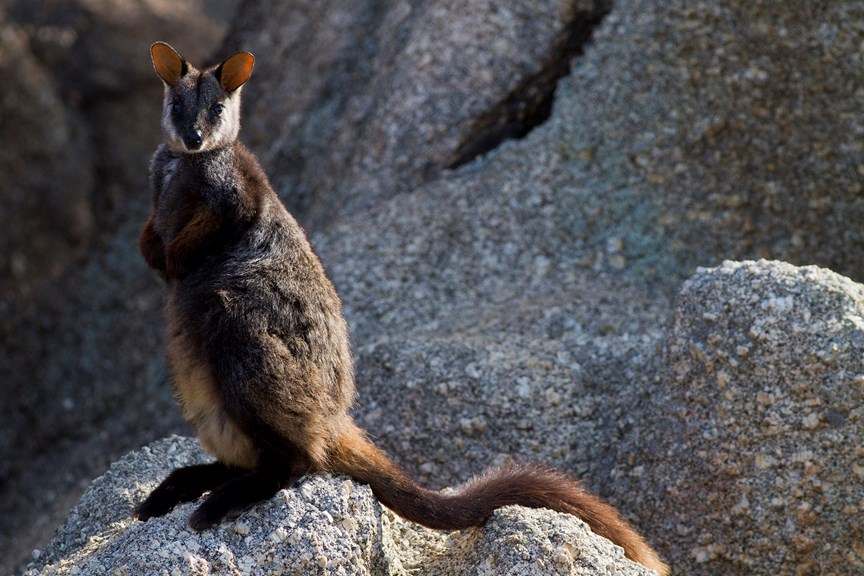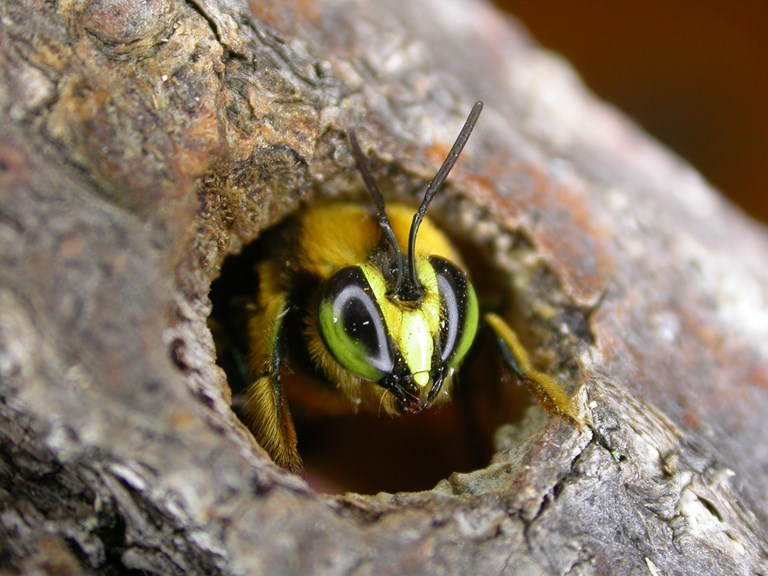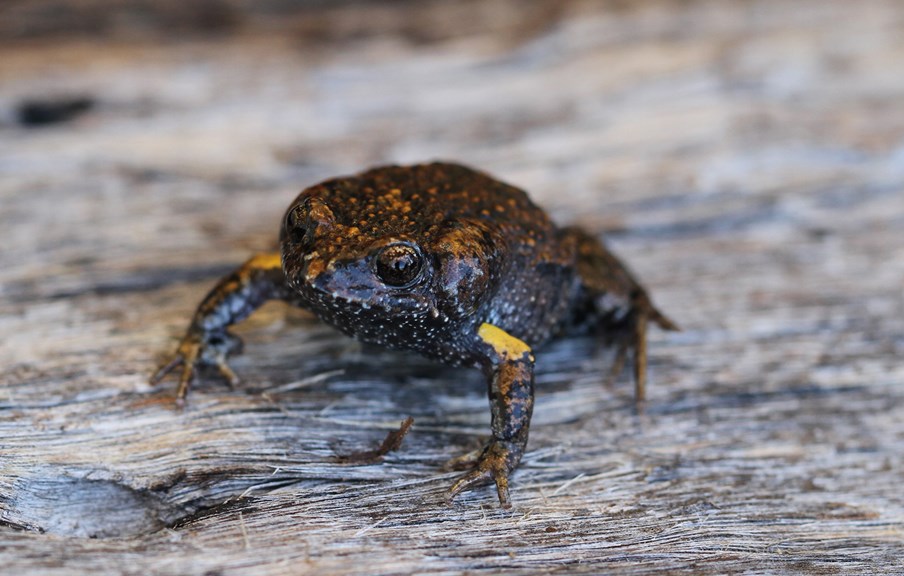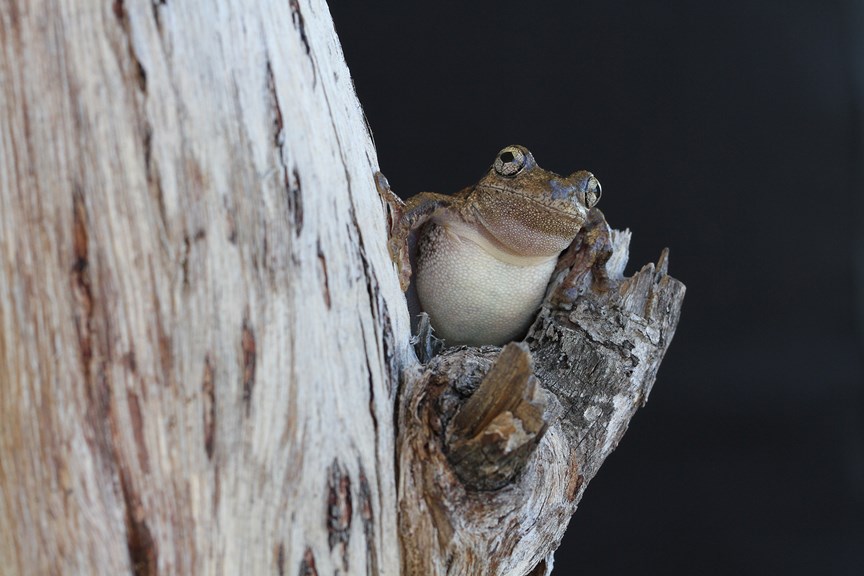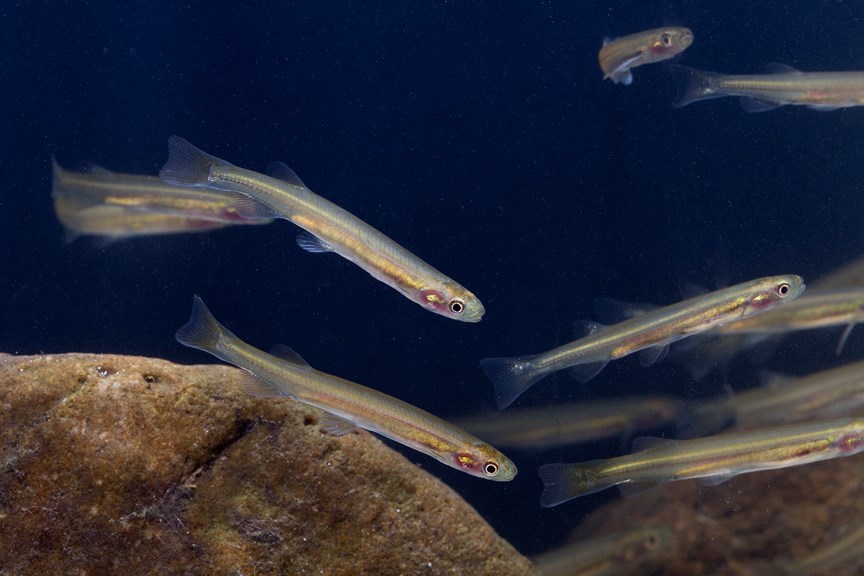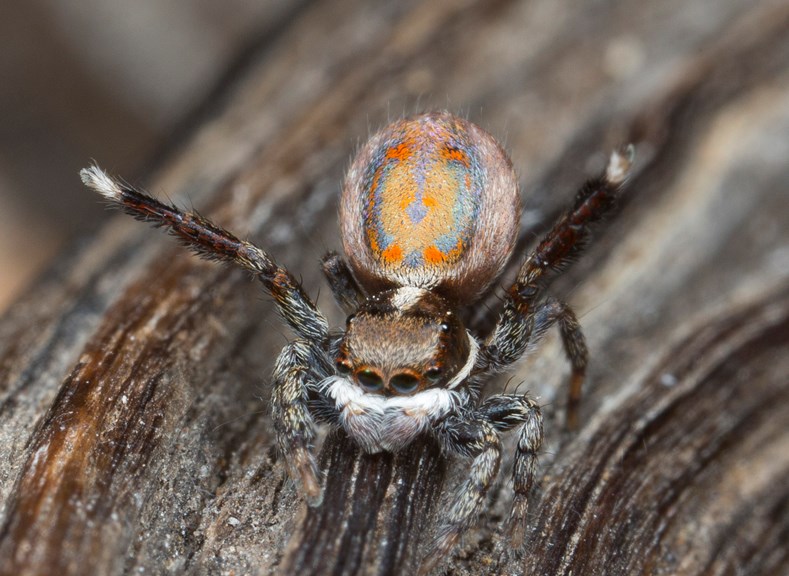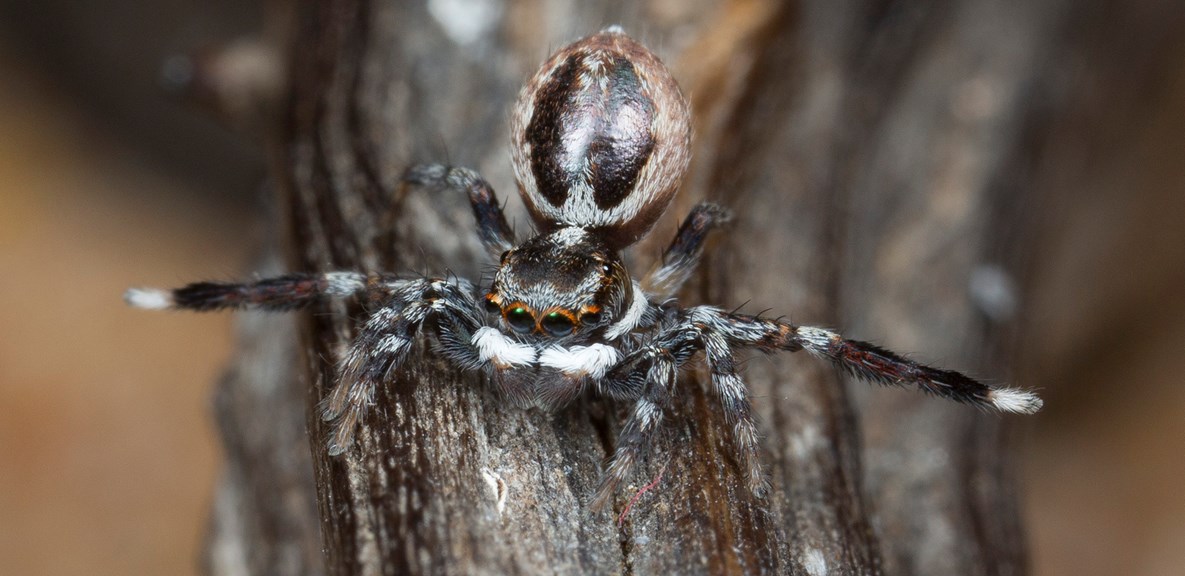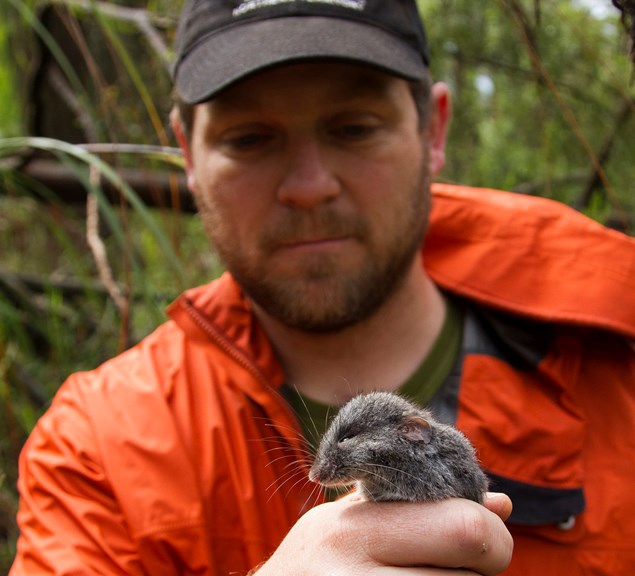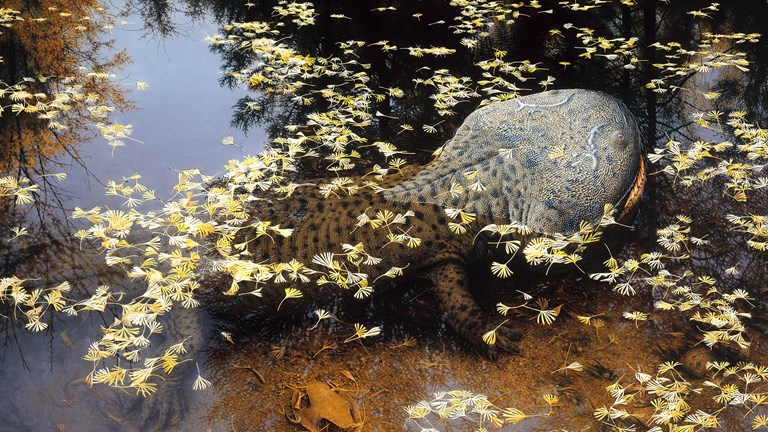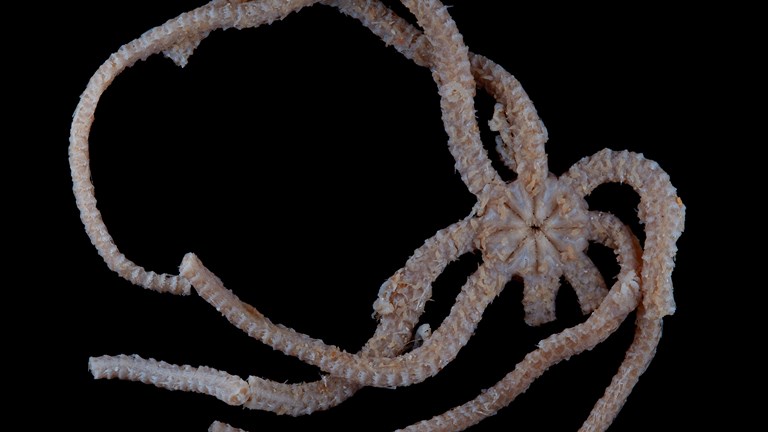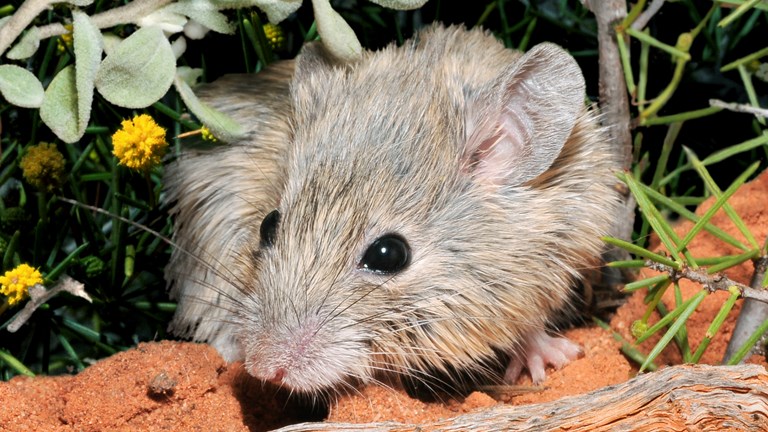Under fire: The animals threatened by Australia’s bushfire crisis
If there’s one place in the world that knows about extinction, it’s a natural history museum.
At Melbourne Museum, our collection stores are full of creatures which no longer exist.
But museums are also home to scientists who fight extinction.
In the wake of Australia’s catastrophic 2019/20 fire season, many of those scientists fear the number of species found only in museums has suddenly grown.
Koalas, echidnas and gliders are among 33 mammals listed by the Australian government in February as the ‘highest priority' conservation targets following the fires.
Museums Victoria mammalogist Kevin Rowe says more than 50 of the 70 species of land-based mammals living in Victoria were impacted.
'There are entire species that could be threatened with persistence in the state of Victoria,' he says.
Kevin identifies seven species of particular concern: the Tiger Quoll, Brush-tailed Rock-wallaby, Mountain Pygmy Possum, Long-footed Potoroo, Smoky Mouse, Broad-toothed Rat and New Holland Mouse.
And it is not only mammals in the line of fire. A total of 113 animals topped the official list for 'urgent management intervention’—and our own experts have identified many more species which may face an existential threat.
Carpenter bees of Kangaroo Island
The largest bee of southern Australia carves its home out of the soft, dead heart of banksia trees and the flowering spikes of grass trees.
Prior to European colonisation, the Metallic Green Carpenter Bee was as widespread as its habitat—it ranged from southern Queensland down the east coast and into South Australia.
But as its banksia woodland disappeared under agriculture and suburbia, so too the bee.
The last Metallic Green Carpenter Bee specimen in Victoria was collected in 1920. It has also been declared extinct on mainland South Australia.
Kangaroo Island was the bee’s last refuge south of the Murray—it has also persisted in pockets of NSW.
In 2019, efforts to conserve Kangaroo Island’s bees were on the cusp of success. Of 440 artificial nests installed on the island’s western side, 160 had been taken up by the carpenter bees.
The bees reproduce once a year, and so, a significant population increase appeared imminent. Until disaster struck.
The fires which ravaged Kangaroo Island not only decimated the bees' remaining natural habitat, it also destroyed every one of those 440 artificial nests.
Museums Victoria entomologist Ken Walker calls invertebrates ‘the little things that run the world’. They pollinate, decompose and provide food sources for larger animals.
Which is why he is not only concerned about the Metallic Green Carpenter Bee.
Rare frogs of Gippsland
The forests of Gipplsand in north-east Victoria are a frog hotspot. Gipplsand not only has the greatest diversity of amphibians in Victoria, it is home to species found nowhere else on Earth.
It was also the epicentre of the state’s 2019-2020 bushfire crisis.
Museums Victoria herpetologist Jane Melville has been surveying the frogs of Gippsland since 2016.
Her study sites are in the Croajingolong National Park, near the town of Mallacoota. By January 11, 69 per cent of the park had burnt—and fires have continued to burn in the area in the weeks since.
But Jane’s previous experience with frogs and fire make her most concerned about what happens after the embers have cooled.
In 2009, Jane returned to a separate frog survey near King Lake—in the Yarra Ranges to the immediate north-east of Melbourne—after the area was ravaged by the infamous Black Saturday fires.
While she was pleased to find frog numbers bouncing back—DNA testing back at the lab told a more troubling story. The frogs were far less genetically diverse—basically, they were inbreeding.
A diverse gene pool allows species to better adapt to change. While a homogeneous gene pool makes species far more vulnerable to things like disease.
Over the last two decades, chytrid fungus has decimated frogs around the world, driving many species to extinction.
Now, with fire having ripped through the heartland of Victoria’s frogs, Jane fears more species could follow suit.
And she holds grave fears for one little-known frog.
Cryptic fish of the high country
In snow-fed streams of the high country live ancient species of fish, many of which have only recently been described—and several of which are yet to be named.
Over coming weeks, however, ichthyologists fear some of those species could cease to exist.
A relic of Gondwanaland, galaxias are only found in the Southern Hemisphere, the greatest diversity of which inhabit Australia.
Until 2014, Mountain Galaxias were thought to be a single species of freshwater fish—Galaxias olidus—found across large swathes of south-eastern highlands.
Then a man named Tarmo Raadik came along.
Using DNA analysis of museum specimens, the fish ecologist discovered Mountain Galaxias were actually 15 different species.
Drought, pollution and dams all place Mountain Galaxias under the crosshairs. But the single greatest threat they face are trout.
Museums Victoria ichthyologist Dianne Bray calls the introduced predators ‘river foxes’.
Most of the newly-described species are now only found in high-altitude streams above waterfalls, which galaxias can climb but trout cannot. Which means many of the native, scaleless fish have only tiny patches of remaining habitat.
Stocky Galaxias, for example, is only known to live in a 4-kilometre stretch of the Tantangara Creek, high in Kosciuszko National Park above a waterfall.
In 2019, it and eight of these species were declared ‘critically endangered’.
That was before the fires which ripped through the high country this summer.
The Stocky Galaxias and at least four of these species saw 100 per cent of the habitat through which their streams flow go up in flames.
While the fish may survive the heat and flames, Dianne is most concerned about what happens afterwards.
Unknown Alpine peacock spiders
With their psychedelic patterns and adorable dance moves, Australia’s peacock spiders have captured hearts—and headlines—around the world.
Very little is known about them, and it is only in recent years we’ve worked out just how diverse they are.
Right up until 2011, there were only seven peacock spider species known to science. In 2020, there are 79—a number soon to rise.
In addition to species which may well be out there, awaiting discovery, there are several species that have been photographed but are yet to be given names.
One of the reasons these species are known but not scientifically described is because there are remarkably few people with the training and inclination to do so.
Museums Victoria’s Joseph Schubert is one of just a handful of people who can and has.
When he saw the bushfire crisis unfold on his TV screen this summer, he was immediately concerned about the survival of the five species he has named. Also, the seven species he has described in a soon-to-be published scientific journal. But his concern ran far deeper than that.
Many peacock spider species are thought to be short-range endemics. That is, they live in small pockets of habitat—and nowhere else on Earth.
Which makes them particularly vulnerable to disasters like fire. If a blaze of sufficient ferocity rips through all of their habitat, an entire species can literally go up in smoke.
Which means we could be losing species before we even know they exist.
And it is far from just unnamed peacock spiders which face this fate.
Why should we care?
If a frog disappears from a forest and nobody knew it was there in the first place, does it matter?
Ecosystems are a mind-boggling complex web of interactions. When you start to subtract a bee here, a frog and a fish there, you change the equation in ways that are often beyond our ability to predict, Ken Walker says.
Our knowledge of how ecosystems operate is already limited—Ken points to the fact that about 80 per cent of the world’s insects don’t even have a name.
‘We are already in a very fragile state of knowledge and the planet is changing, it’s changing rapidly,' he says.
What can we do?
Our museum archives and collections map through time where species have existed over the last 150-odd years and will be crucial in understanding those changes. Our scientists are already in the field, trying to plug the gaps in our knowledge. And everyday Australians can contribute to that work.
Jane Melville will be surveying Gippsland for frogs again. The knowledge of local residents has helped her find and assess frog populations—she’s hoping for more of the same.
Joseph Schubert will be looking to identify new species of peacock spiders. Amateurs uploading photographs onto citizen science websites like iNaturalist, the Atlas of Living Australia and QuestaGame, have already helped him name several undescribed species. The list goes on.
Museums Victoria mammalogist Kevin Rowe will soon head out into the Grampians to survey one of the only-known populations of the endangered Smoky Mouse.
He says an important first step is to recognise the diversity of life which coinhabits the land on which we live.
‘There’s around 10 million species on the planet so we can’t each of us know all of them,’ he says.
But he hopes that if we start valuing that diversity, we might also play a role in protecting it.
‘Get engaged and pay attention to your wildlife'.MV senior curator mammals Kevin Rowe.
Words by Joe Hinchliffe
Videos by Jesse Taylor Smith
